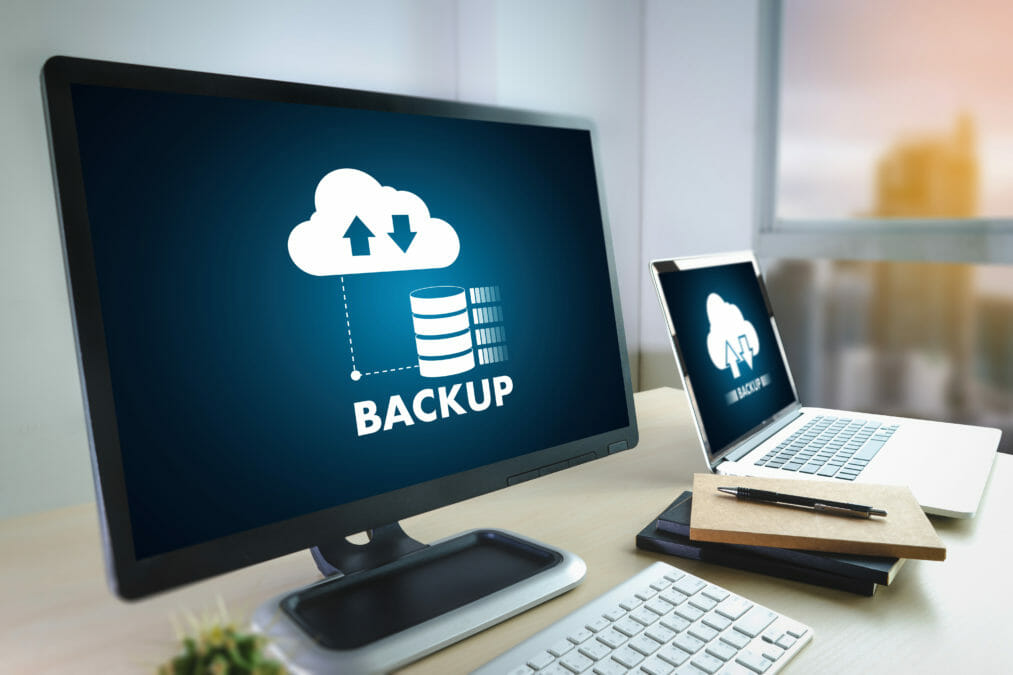We’ve all experienced huge upheaval since Covid-19, with modes of operating being disrupted like never before. Organisations have had to work tirelessly to keep their businesses functioning, with employees needing to carry out their duties either safely distanced or while working from home. Where staff have been practicing remote working, IT teams have had to facilitate a disparate workforce and, most likely, deploy systems that have eased this mass transition away from office based environments.
There is a danger that, in the scramble to get everyone online, some businesses will have compromised security for speed and ease. This should be a major concern given the huge increase in cyber attacks we’ve seen in the wake of the pandemic.
Many will still be reviewing the processes put in place to ensure best practice is being carried out. Part of the challenge will be to ensure all sensitive information and company data is not just being protected, but also backed up.
How trusted data is driving resilience and transformation beyond Covid-19
When so many employees are operating in make shift home offices, and standard practices have been disrupted, it shouldn’t be a surprise that some people have become a little lax in the way they have been saving files. Since lockdown, we’ve witnessed a surge in staff storing documents locally on their devices and not on the central network servers – often because it is quicker and easier to do so.
When employee devices are not in the office and directly connected to those servers, it’s not as easy to ensure this information is being stored in the right locations – where effective back up can take place. But, with millions working from home for prolonged periods of time, this is something organisations need to gain control over.
Otherwise, there is a clear threat to organisations in the event that those devices are stolen, damaged or hacked. Whenever sensitive information is lost in this way, the potential cost to a company, from a financial and reputational perspective, can be huge. To prevent this situation companies need to take three critical steps in order to retrieve that data.
The first step is to educate the workforce on what best practice looks like when working from home. Do this before bad habits creep in, and ensure staff are being given clear guidance and reminders on how to save and store information in the correct way.
Secondly, it’s vital that the information on those remote devices can connect to the servers where backup is taking place. The deployment of mobile device management (MDM) solutions, such as Microsoft Intune, is helping organisations to do this and providing additional protection if files are accidentally deleted or overwritten.
The final step is to ensure that this information is backed up by a disaster recovery system that’s fit for purpose. Disaster recovery is a vital element of any business continuity plan especially when you consider that more than 40% of small businesses never re-open after a disaster, and only 29% of those that do are still operating two years later.
Should CEOs take responsibility for cyber-physical security incidents?
The traditional approach to disaster recovery involves companies setting up a secondary data centre as a failsafe in the event of a disaster at the main site. However, this requires budget and people to maintain two separate locations – and this may not be ideal under the current circumstances.
The alternative is moving infrastructure into a cloud environment. While this certainly has appeal when you are trying to keep your own teams socially distanced, some organisations will still want to maintain their main on-premise data centre – as they either see a cost benefit to a capex ownership model or want to leverage their existing infrastructure.
When it comes to backing up in a secondary location though, there may be opportunities to pass that responsibility to a third party. This Disaster-Recovery-as-a-Service (DRaaS) approach will replicate the main data centre on virtual machines in cloud environments. Not only does this provide an insurance policy, it offers a solution that is scalable and which comes with added expert support when needed.
When you look at what has happened since Covid, with people looking to operate more remotely, more companies are looking to deploy cloud-based solutions. Increasingly we’re seeing on-premise infrastructures becoming a smaller part of a hybrid infrastructure.
So, if you’re not already deploying DRaaS solutions, it may be time to review this option to ensure company data is being effectively backed-up and protected should the worst ever happen.








